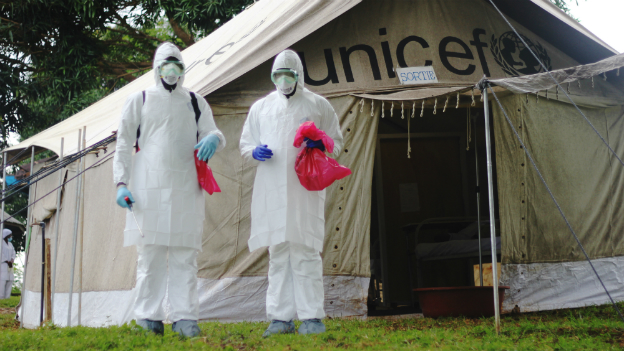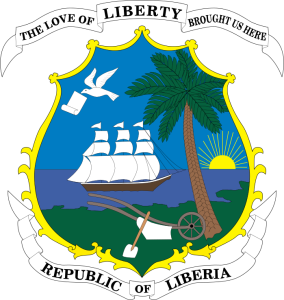
As the rate of new Ebola infections in Liberia has slowed, American and Liberian officials are debating whether to build all 17 planned Ebola treatment centers in the country or to shift money from the Obama administration that was planned for the centers into other programs to combat future outbreaks.

The United States announced early this week that it had completed the first of the 100-bed centers, some 40 miles outside Monrovia, in Tubmanburg, and turned over its operation to the International Organization for Migration, which will staff and run the center.
Two other treatment units, in Sinje, to the north of Monrovia, and Buchanan, to the south, will be completed by the end of November, American military officials said. Seven additional treatment units across the country are in various stages of construction.
A 25-bed hospital recently opened outside Monrovia, and American and Liberian military officials are clearing the land for two more units. If all of them go ahead as planned, that would bring the total units built by the American and Liberian militaries working together on the project to 13, or four short of the units promised by President Obama on September. 16.

But Mr Obamas promise came at the height of the epidemic, when new cases were increasing at a brisk rate. Since then, the rate of new infections in Liberia has come down and several treatment units around the country have for more than a month reported empty beds. The World Health Organization said on Wednesday that there had been a stabilization in the decline of new infections in Liberia, which reported 97 new cases last week.
Everyone involved, from the WHO to the Liberian government to the Obama administration, has warned against complacency in international efforts to fight the disease. But both American and Liberian officials say that if the numbers continue to decline, it may be wiser to shift the funds toward other needs in the country.
They would be fools to spend all that money on E.T.U.s, said Stephen D Cashin, chief utive of the Pan African Capital Group and an adviser to President Ellen Johnson Sirleaf of Liberia, speaking of the Ebola treatment units. Theyre better to spend the money on putting in place the expertise and skill sets and county medical clinics and health care to provide care to the masses of people of Liberia, and to create a system of movable clinics and testing centers and hot spots.
Capt. Robert C. Langston, a public affairs officer with the United States Army in Monrovia, said the Liberian government was taking the lead on deciding where and when the units would be built. But he said the American military, which has 2,100 troops in Liberia, will remain agile and flexible to respond quickly to needs on the ground as they change.
American military officials say they now think that fewer American troops will deploy to West Africa to build units and train health workers than originally planned ” perhaps 3,000 instead of 4,000.
Brig. Gen. Daniel D. Ziankahn, chief of staff of the Armed Forces of Liberia, said in a telephone interview that a decision would be made soon on whether to go ahead with all of the planned treatment units. Theres going to be some decision point as to whether we have to shift our efforts to something else, he said.
Mr. Obama has asked Congress for $6 billion to fight Ebola in the United States and West Africa, a request that administration officials defended before the Senate Appropriations Committee.
Be a part of Elets Collaborative Initiatives. Join Us for Upcoming Events and explore business opportunities. Like us on Facebook , connect with us on LinkedIn and follow us on Twitter , Instagram.














